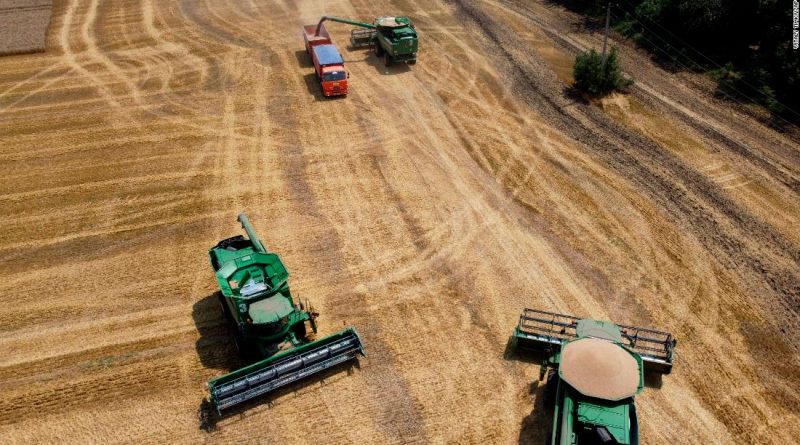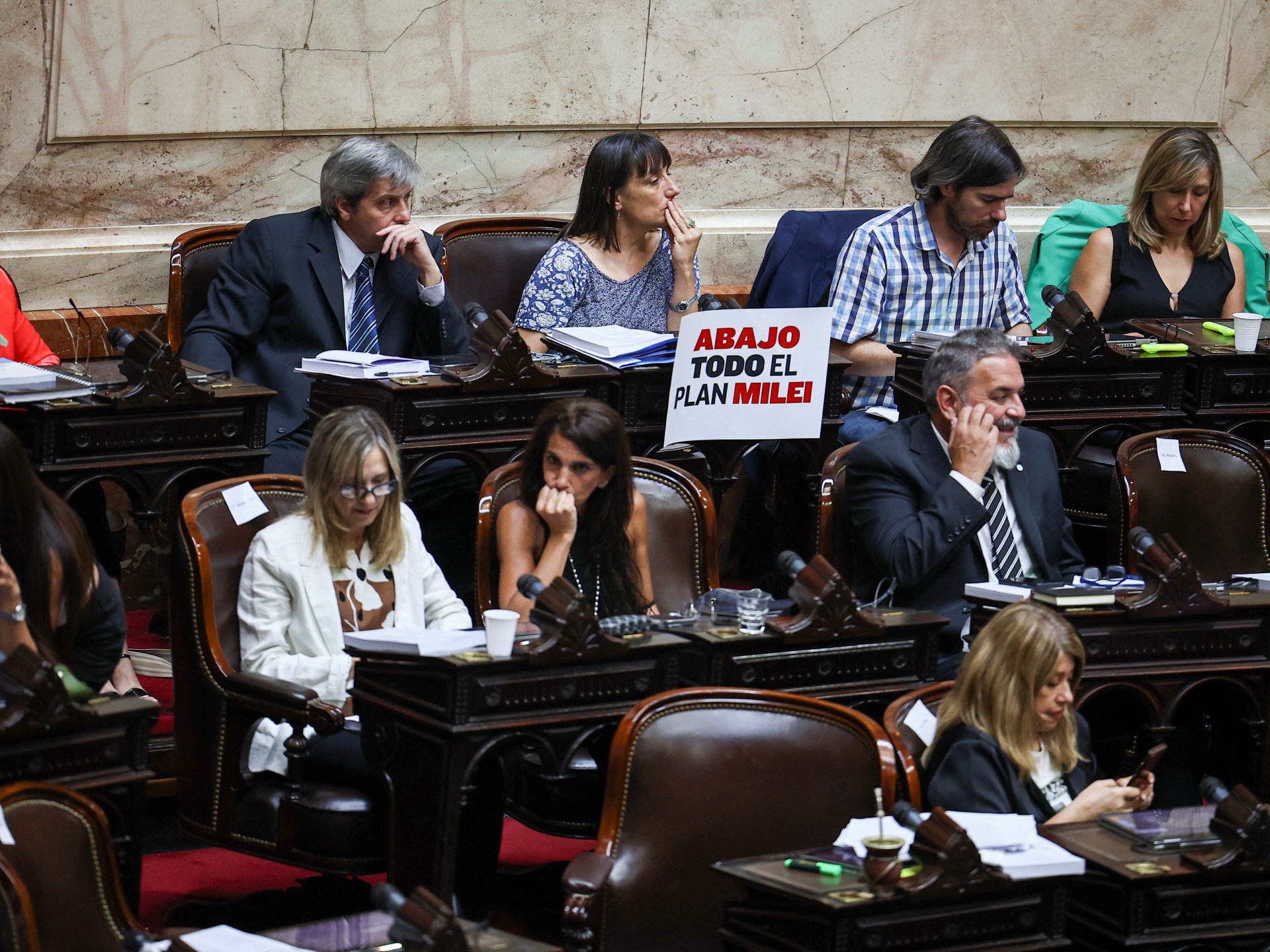War has brought the world to the brink of a food crisis
“It’s not whether we are going to have a food crisis. It’s how large that crisis will be,” Holsether told CNN Business.
Another major problem is access to fertilizer. Essential for farmers to hit their production targets for crops, it’s never been more expensive, as exports from Russia grind to a halt. Output in Europe has also plunged thanks to the surging price of natural gas, a key ingredient in nitrogen-based fertilizers like urea.
The situation is ringing alarm bells for global health experts. The cost of corn, soybeans and vegetable oils has been jumping, too.
Agriculture ministers from the G7 countries said Friday they “remain determined to do what is necessary to prevent and respond to a food crisis.”
But fearing shortages, countries are already turning inward, which could ultimately leave less food for those in need.
The G7 ministers called on countries to “keep their food and agricultural markets open and to guard against any unjustified restrictive measures on their exports.”
“Any further increase in food price levels and volatility in international markets could threaten food security and nutrition at a global scale, especially among the most vulnerable living in environments of low food security,” they said in a statement.
Western countries with more access to agriculture will be hurt, too. Consumers there have already been stung by higher prices, and the situation is poised to deteriorate further.
Russia, Ukraine and global food supplies
Even before Russia launched a war in Ukraine, the global food system was strained. Snarled supply chains and unpredictable weather patterns — often the result of climate change — had already pushed food prices to their highest level in about a decade. Affordability was also an issue after the pandemic left millions out of work.
The number of people on the edge of famine has jumped to 44 million from 27 million in 2019, the UN’s World Food Programme said this month.
The conflict between Russia and Ukraine, which both play crucial roles in the carefully calibrated system of global food production, stands to make the situation worse.
Global wheat prices have fallen from record highs in recent days, but remain elevated. They’re expected to stay that way for some time, according to Rabobank commodity analyst Carlos Mera.
The wheat planting season, which is about to begin in Ukraine, will be disrupted by fighting. It’s not clear there will be enough farmers to till the land, as people in the country take up arms — or whether they’ll be able to access machinery and other essential products that would typically arrive through Black Sea ports.
Getting products from Russia onto the world market has also gotten more difficult, because businesses don’t want to risk running afoul of sanctions or deal with the logistics of traveling near a war zone.
Russia and Ukraine serve as the breadbasket for countries in the Middle East, South Asia and sub-Saharan Africa that depend on imports. Many will be hit hard as a result.
Fertilizer costs soar
The brewing crisis goes beyond wheat and oils. Russia, along with its ally Belarus, is also a major exporter of the fertilizers needed to plant a wide range of crops. But right now, everyone is shunning their stock.
“Nobody wants to touch a Russian product right now,” said Deepika Thapliyal, a fertilizer expert at Independent Commodity Intelligence Services. “If you look at all of the traders, all of the buyers, they’re very scared.”
The price of natural gas is exacerbating the issue. Fertilizer producers outside of Russia and Belarus need gas to make nitrogen-based products like urea, which is used when sowing crops to boost yield and even promotes their deep-green color.
But Holsether, the CEO of Yara, said costs have gotten too high to keep operations running at scale. He’s not sure when European production will be at full capacity again.
“There’s a large part of the industry that’s at risk of not being able to deliver products to the farmers, and that will have an impact on the crop yields quite rapidly,” he said.
Farmers have the incentive right now to pay what they need to get fertilizer, since prices for their products are going up, too. Not everyone has this option, however. Urea has been trading near $1,000 per metric ton, about four times the price at the start of 2021, according to Chris Lawson, the head of fertilizers at CRU Group, a market intelligence firm.
Countries without domestic fertilizer production may also struggle to access it, with huge consequences for the global food system.
“You can’t grow massive fields of wheat, barley or soy without fertilizer,” said Johanna Mendelson Forman, a professor at American University who specializes in war and food. Farmers in Mexico, Colombia and Brazil are already worried about shortages, she added.
The consequences
The G7 agriculture ministers said Friday that their countries would leverage humanitarian aid where they can to mitigate fallout from the war. But they may also be hamstrung by a dearth of supplies and rising prices.
Beasley noted that Ukrainian wheat has also been essential to feeding populations in other countries facing conflict, including Afghanistan, Sudan and Yemen.
“The vast majority of wheat is used for human consumption, and that’s irreplaceable,” Rabobank’s Mera said.
Yet even developed countries will feel the effects of a food crisis. The affordability of food is a problem for lower-income shoppers everywhere, Mendelson Forman emphasized.
“We’re used to a globalized system of trade to get all kinds of varieties of food,” she said. “People will see it in their pocketbooks, and they’ll see it in the grocery stores.”
— Mostafa Salem contributed reporting.




